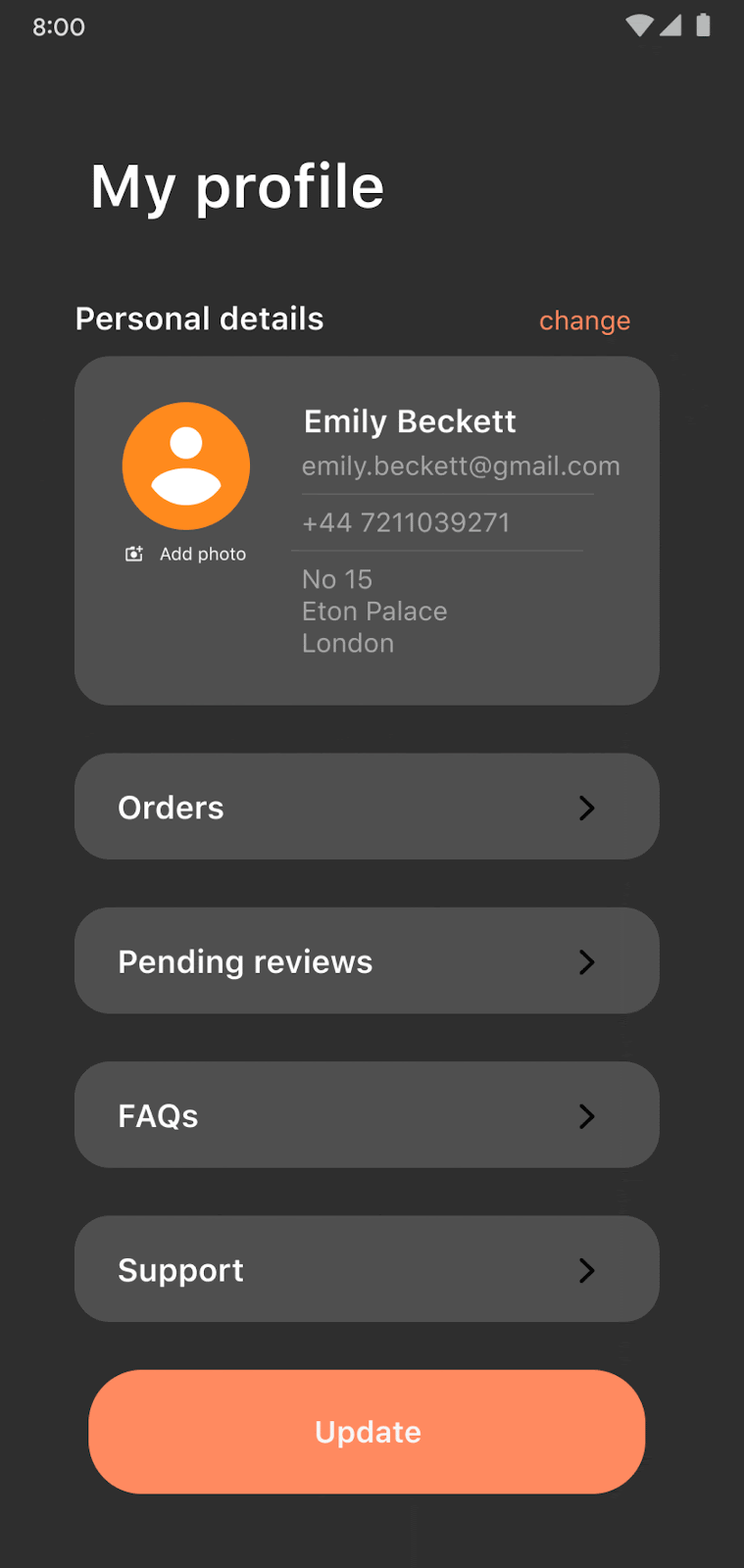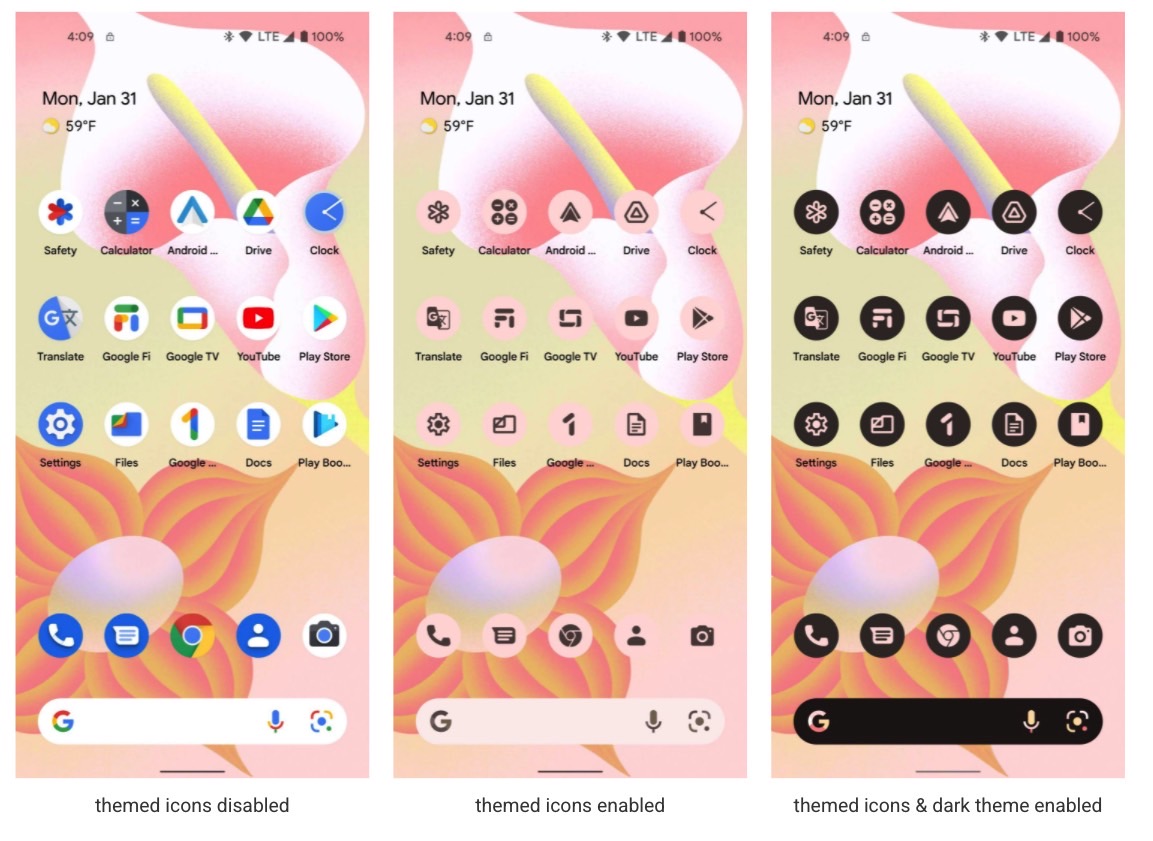It’s that time of the year, Android enthusiasts, when Google releases the first early beta of its latest Android release. We’re looking at the first Android 13 Developer Preview release that targets developers. But anyone with a compatible device can try the early Android 13 beta release. The list includes the Pixel 6 and Pixel 6 Pro and older Pixel versions.
The Android 13’s desert codename is Tiramisu, not that it matters at this point. That’s because Google ditched the beloved Android names a few years ago, deciding to focus on the numbering scheme instead.
Google typically releases the new Android developer preview in mid-February, well before its annual Google I/O event. That’s where Google announces all the software features it’s been devising since the last I/O edition, including the various consumer-facing features of the latest Android release. That’s also where Google makes available the first beta release that non-developers can install on supported devices.
Therefore, it’s at I/O 2022 that you can expect a more stable Android 13 beta download for your Pixel 6. Plenty of non-Google devices should be supported by then.
That’s to say that you shouldn’t necessarily jump on the developer version just yet. The early Android 13 beta targets developers for a reason. It’s not as stable, so it’s meant to run on development Pixel phones rather than daily drivers.
But Google announced a few Android 13 features already, without revealing all the features it might include in the software release before the final version comes out this summer.
What’s new in Android 13 developer preview
Android 13 will deliver more privacy and security features than its predecessors, and Google plans to make the user interface even more customizable than before.

The early Android 13 beta release will offer you access to a new photo picker that improves the security and privacy of your photos and videos. In Android 13, you’ll be able to share only specific pics from local storage or the cloud without giving apps full access to photo libraries. The feature will be available to devices that can run Android 11 and higher.
Another notable privacy feature is the removal of location data from Wi-Fi permissions. Apps that require permission to discover and connect to nearby devices over Wi-Fi often don’t need location data. Therefore, Android 13 will let apps ask for Wi-Fi access without calling for location data.
As for Material You UI customization, the Android 13 beta includes an option that lets users adapt their app icon color palette to the wallpaper.

Android 13 beta will also bring support for more updates via Google Play. Features like the new photo picker and OpenJDK 11 support can reach consumers who are on older Android releases via Play. But Google also plans to issue updates for Bluetooth and Ultra wideband modules that way.
Android 13 will also come with a new Quick Settings Placement API that informs users about app-specific tiles and lets them enable the tile without leaving the app to do it.
Furthermore, apps Android 13 will support per-app languages. That’s a neat feature if you want to set different default languages for different apps.
Androids with bigger screens are important
More importantly, Google is painting a clear picture that it’s interested in devices with larger screens. Rumors say that Google will launch its own foldable phone soon. Separately, other leaks revealed a renewed interest in tablets. With that in mind, it’s not surprising to see that Google reminds developers that large-screen devices exist:
We’ll also build on some of the newer updates we made in 12L to help you take advantage of the 250+ million large screen Android devices currently running. […]
With all the momentum in large screen devices like tablets, foldables, and Chromebooks, now is the time to get your apps ready for these devices and design fully adaptive apps that fit any screen.
You’ll find more details about the first Android 13 Developer Preview release at this link.
How to get the Android 13 beta release
While the developer preview targets developers, nothing stops you from installing this early Android 13 beta on your Pixel devices. The beta program supports the Pixel 4, Pixel 4 XL, Pixel 4a, Pixel 4a 5G, Pixel 5, Pixel 5a, Pixel 6, and Pixel 6 Pro. You’ll have all the download information at this link.
Before you get this early Android 13 beta version, it wouldn’t hurt to check out Google’s release timeline. You should expect the first public beta in mid-March or early April. Android 13 will reach Platform Stability in June. But the release of the first final Android 13 version will come at some point in August.







